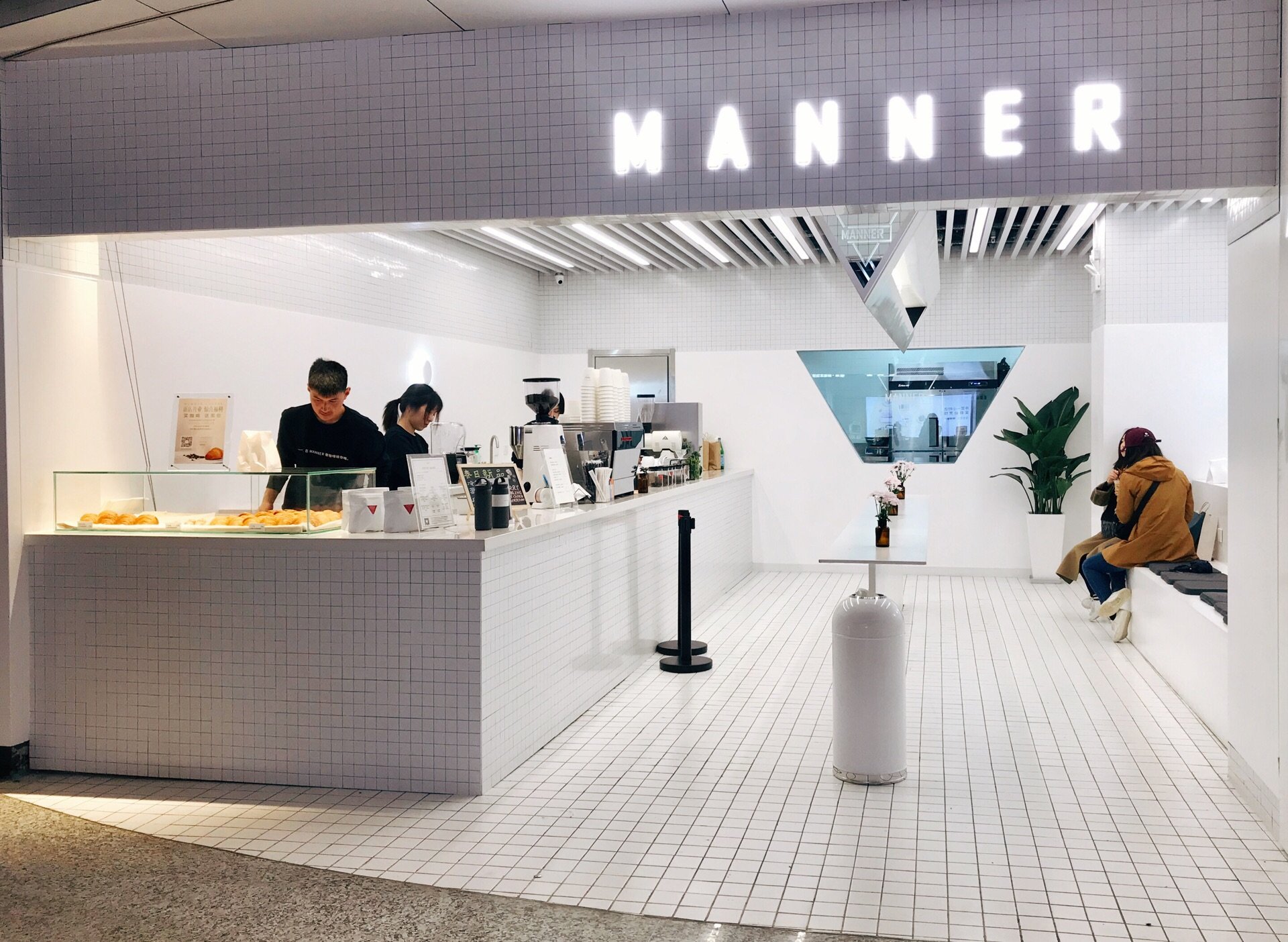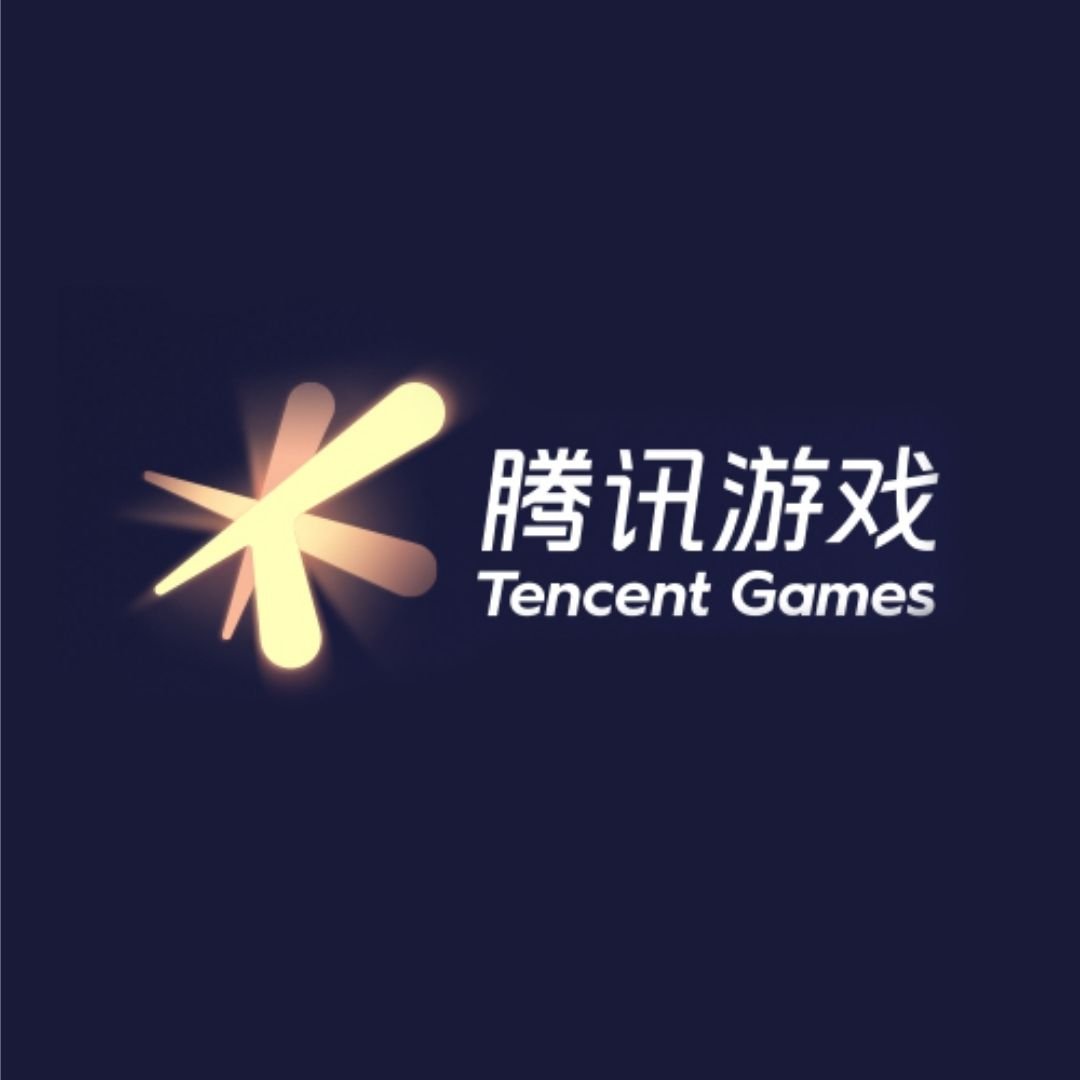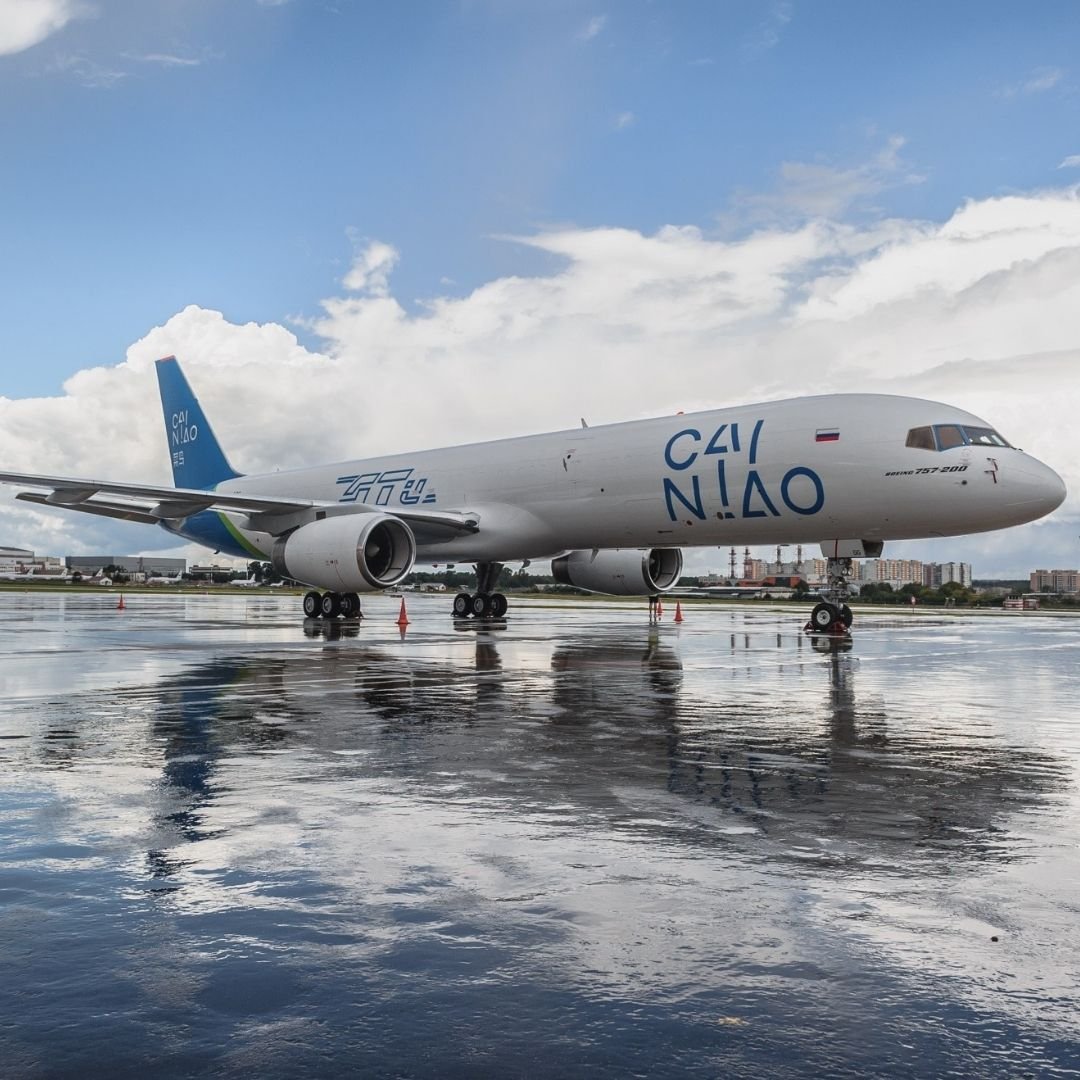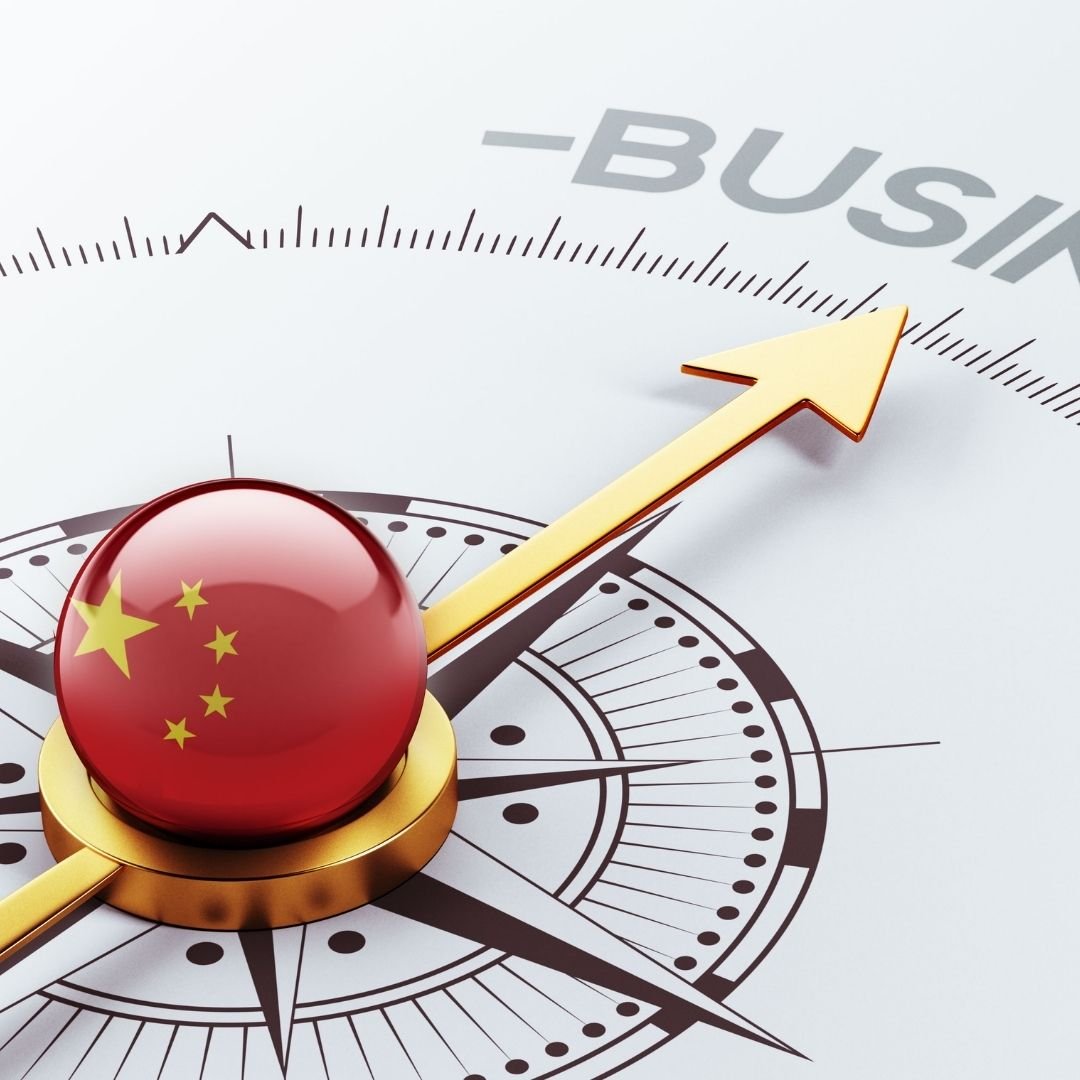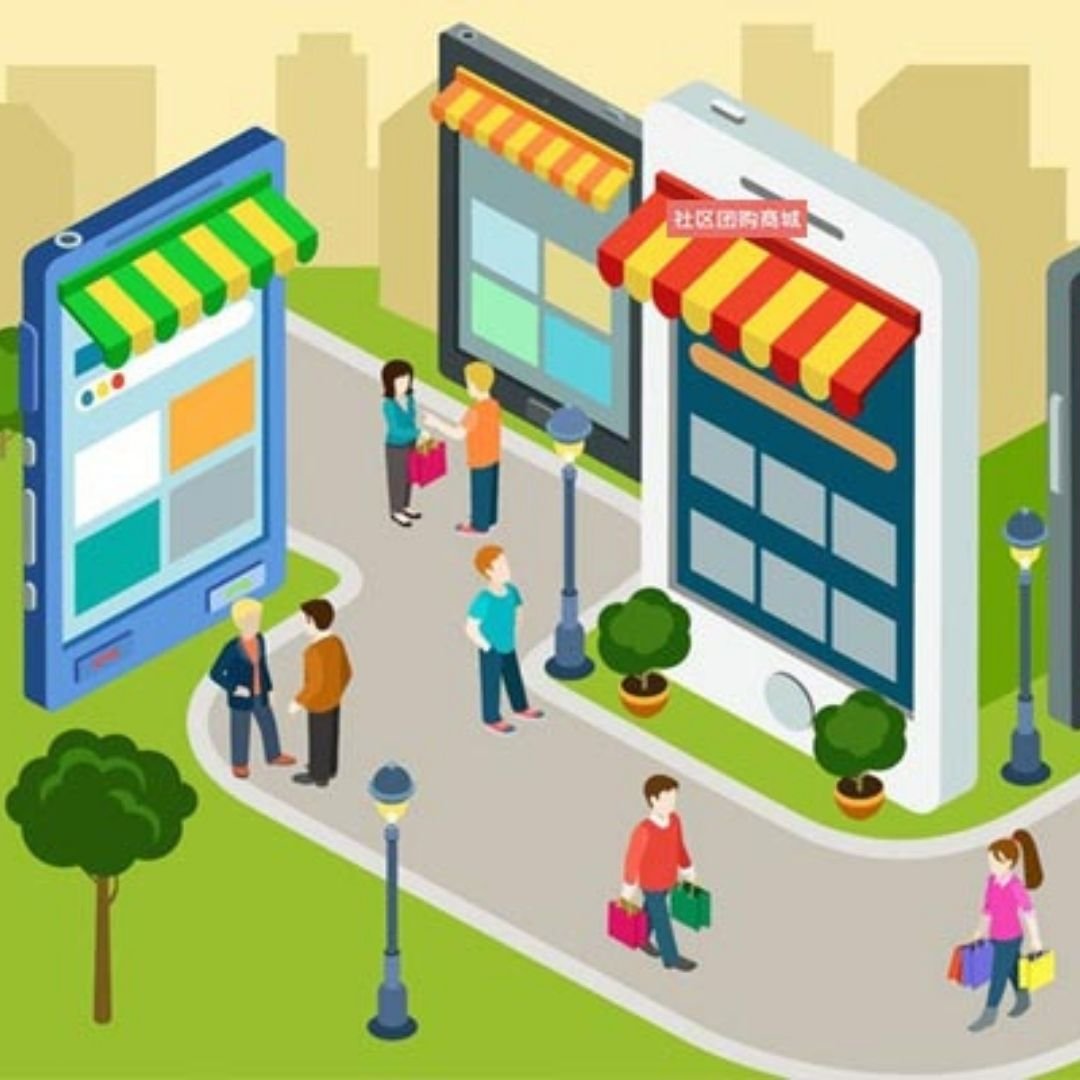Update: The valuation is $2Bn now (as of mid June, in Chinese), maybe even $3Bn.
So I tweeted about this coffee chain on Twitter and got way more comments from fans than I expected. Of course, most people on Twitter who follow me but live in Shanghai are going to be expats or returnees, so there is a selection bias, but then I got a few DMs from investors who’ve looked at the company, and think it’s quite strong, so … again, not a tech company at all, but a good case study for understanding modern China.
The company: Manner Coffee, a 108 store 160 store primarily pick-up high-quality but low-price coffee shop that started in Shanghai as a hole-in-the-wall, and is now still primarily in Shanghai (94 stores ~140), but expanding quickly to Beijing, Suzhou, Chengdu and Shenzhen. An example of one of their modern design aesthetic coffee shops in downtown Shanghai below:
The valuation: At Series A+, $1.3Bn (and quickly rising, so I’m told), or $12mm per store $2Bn
The investors: Capital Today as earliest investor (in 2018), with Series A from H Capital (by former Tiger Global managing partner Chen Xiaohong), Coatue, and the latest Series A+ from Temasek as well as others
Interestingly, the largest shareholder, Capital Today at 35%, had to sell due to disagreements with the founding team. Apparently the husband of the husband-and-wife team threatened to quit and start a competing chain if Capital Today did not exit. Coatue and H Capital bought the shares, netting CT $700mm. The founding team still own ~40%.
Meituan’s fund and ByteDance also invested.
Naturally, since this isn’t tech — it’s not trying to go for some data story like fraudster Luckin — so I didn’t become aware of it until recently, when it was referenced in several conversations I had with friends in Shanghai. But actually, a brief search tells me that the chain has been very, very popular since 2018.
The first shop was founded in 2015, a pioneer of the “artisanal coffee” movement in China. It’s priced significantly lower than Starbucks (where the second cheapest drink on the menu, a tall Americano, is $3 even) at just a bit over $2, and you get a $0.75 / 5 RMB discount if you bring your own cup. So it’s considered “great value.“ And it shows in the store, which insists on implementing beautiful decor and the highest end coffee making equipment.
Everything else about Manner, if you ask me, just screams “Luckin done right.” Because all the points about coffee being an addictive, legal stimulant and a great source of recurring revenue, coffee consumption in China being much farther behind other Asian countries, and the high price of coffee being a huge barrier to conversion, are all the same arguments Luckin used (see Ep. 32 for reference). Of course, Manner also is expanding into light foods (same as Luckin), has developed instant coffee and other products, reselling to other brands, etc. All this is resulting in what I read and hear to be massive lines during peak hours.
… But I don’t really think that’s all that interesting. Instead, I think there are just two (maybe overly trite & obvious) takeaways here:
1. The last five years have been all about consumption downgrade AKA rural China. It’s easy to forget that consumption upgrade is still happening very quickly too. Whatever you see in the most developed cities in the world, you’re going to see in Tier 1 cities in China. Except they are big enough to be their own country. And yes I know Manner’s USP is its price vs quality ratio, but 40% of Starbucks’ coffee shops are still in the 4 Tier 1 cities, so “artisanal coffee” (sourced from all over the world) is still a primarily urban middle-class activity.
2. The foreign company who built up the market — in this case, Starbucks — will find itself less and less competitive in the market it has built. The rumor is that each new Manner Coffee opening decreases the nearby Starbucks outlet revenue by 30% (in Chinese). And we can blame that on innovator’s dilemma, or how sloth-like large corporates are, or insufficient decentralized decision-making, or some combination thereof.
We really have to thank Starbucks for bringing coffee to China though, truly. When I arrived at Shanghai in 2007, there were just about 100 Starbucks in the city, and few other brands. Today, there are 900 Starbucks (4,800 total in China) and something like 7 or 9,000 coffeeshops total in the city, depending on which data source you use. And there are of course specialty tea shops like Naixue / HeyTea, who are also peddling caffeine, and who’ve also seen immense growth.
But while Starbucks has maintained its utility as the “third place” between work and home, but other than that, has it really changed with the times? While others are pushing the boundary of their supply chains, for example, like HeyTea with fresh fruit ingredients, Starbucks doesn’t seem to have evolved very much in its product offering. It hasn’t experimented with having a more mass market line, either, instead choosing to keep its price high and going even higher with Starbucks Reserve. The market has changed significantly in just the last five years, and the success of Starbucks in its first fifteen years in China may very well not serve it nearly as well now. And it feels like that’s going to be the same fate for many foreign consumer brands in China …
For those of us in tech though, the question is, what other sectors are foreign players coming in to build up user habits, infrastructure, and effectively creating market demand, but not actually going to be able to compete in the dynamic market they’ve created, leaving others to reap the true spoils? Are there any, or did the Great Firewall effectively close off consumer internet companies, and enterprise companies have yet to experience their time in the sun?
7/1/21 Update:
We now have some concrete numbers on Manner thanks to some leaks that came about due to some recent shakeups at the company.
-
Manner is about 300 cups in sales daily in Shanghai (where most of their locations are), vs Starbucks’ 400 and Luckin’s somewhere in the middle.
-
However, its footprint is a lot closer to Luckin than the much more spacious Starbucks because it is primarily pickup only
-
2020 Revenues: $30-40mm USD, gross margin 50%, net profit ~10%, all Shanghai stores are profitable
-
Store daily turnover ~8000 RMB so $1230, another stat given is ~$700 / sqm / mo which implies average store size of 50 sqm
-
2021 target: up to $140mm, 400-500 stores, 1000 stores by 2023
As others have noted, this seems like a tremendously high risk investment still because the brand is unproven outside of Shanghai, and Shanghai is a unique city! The bigger question is does it eat into Starbucks China, or is the pickup only model sufficiently differentiated that there isn’t much impact? Anecdotally I hear there is a lot of impact though, and either way, Manner isn’t the only one in the coffee business. Best of luck to Starbucks holders! It’s only because $SBUX did so well in China that it’s inviting all this competition now …

